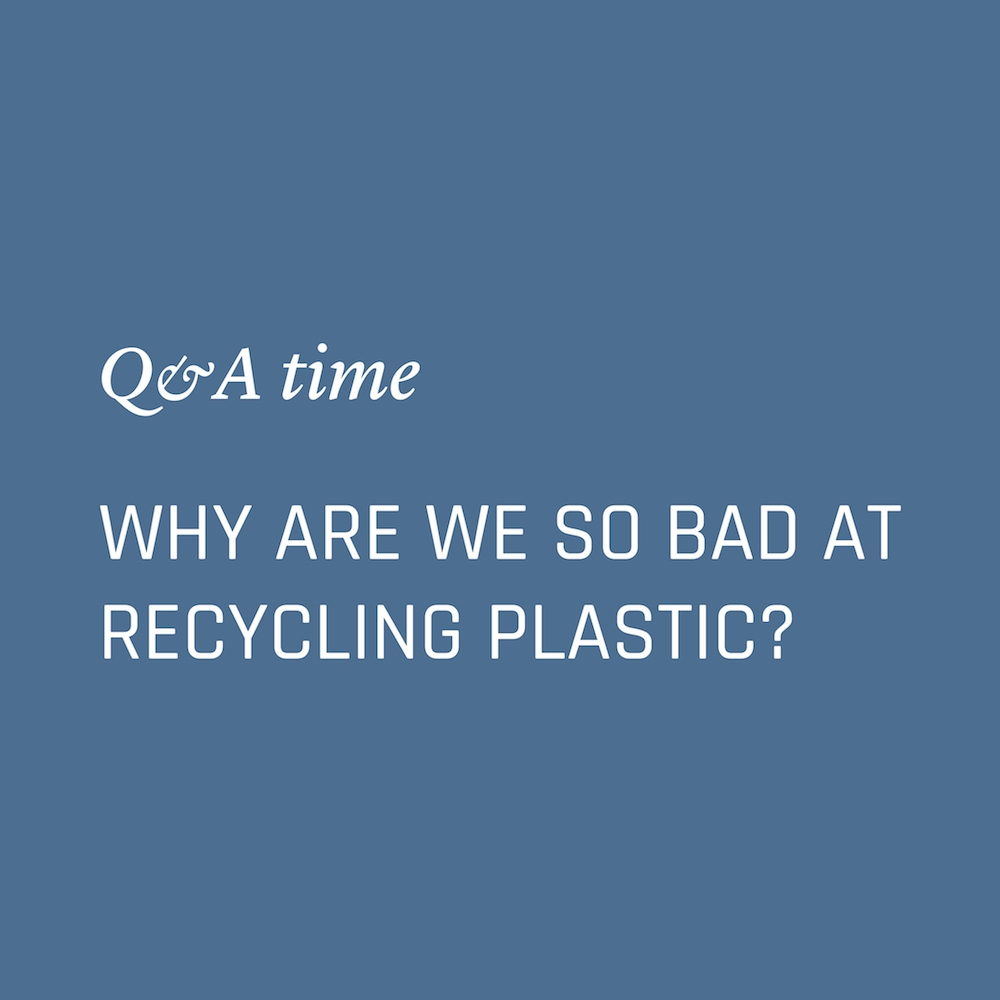In recycling facilities, plastic gets melted down and turned into pellets that are sold and repurposed. As plastic is not biodegradable, all of the plastic that doesn’t get melted down and recycled ends up in landfills or the ocean where is lasts for centuries. ⠀
⠀
Researchers at the University of California found that only 9 percent of all plastic we have produced has been recycled. A big part of this statistic is that people don’t always place their trash in the right bin. A lot of plastic also can’t be recycled because it may be too dirty (remember to rinse before putting in the recycling bin), or it gets entangled in recycling equipment. Additionally, each type of plastic (indicated by those numbers you see in the little triangles) needs to be recycled separately. Sorting plastic by type is inefficient, chemical recycling requires too much energy, and only some types of plastic polymers can be broken down.⠀
⠀
It requires a lot of time, energy, and fuel to recycle plastic, and a cost-benefit analysis found that recycling plastic might not even be worth the resources it takes. Environmental groups largely agree (and we concur!) that of the three R’s (reduce, reuse, recycle), recycling should be the last resort, at least until more effective and efficient waste management is enforced.
You can read more extensively about it on Vox.


